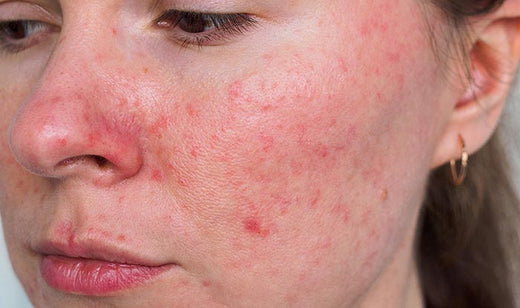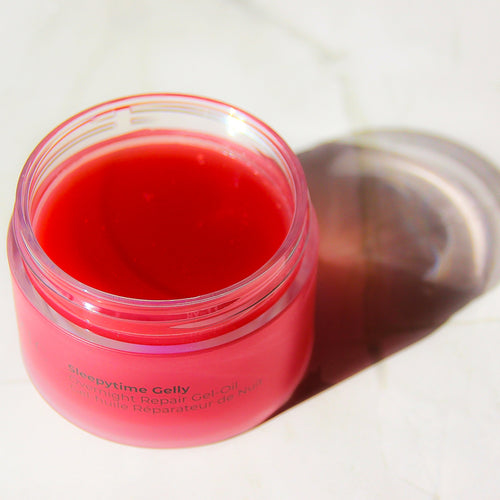For those with oily skin, the concept of adding more oil can seem counterproductive. Misconceptions around this topic has lead to tons of hesitation and misuse. Let's address and debunk seven common myths about using face oils for oily skin, clarifying their true benefits and appropriate usage.
Myth 1: Face Oils Make Oily Skin Greasier
The Truth: It's a common fear that applying oil to oily skin will make it even oilier, but this is a misunderstanding of how face oils work. High-quality, lightweight oils like jojoba or squalane actually mimic the skin’s natural sebum, tricking it into producing less oil overall. This can help regulate oil production rather than exacerbate it.
Myth 2: Face Oils Lead to More Breakouts
The Truth: Not all oils are created equal. Non-comedogenic oils, such as hemp seed oil or sesame oil, do not clog pores. These oils can help balance the skin’s moisture barrier, making it less likely to produce excess sebum that leads to breakouts. It’s about choosing the right type of oil for oily skin types.

Myth 3: Oils Are Too Heavy for Oily Skin
The Truth: Many believe that all oils are thick and heavy, but many face oils are surprisingly lightweight and fast-absorbing. For instance, Black Seed oil, despite its rich nutrient profile, is light on the skin and can provide hydration without a heavy feel.
Myth 4: You Should Only Use Oil-Free Products If You Have Oily Skin
The Truth: While oil-free products can be beneficial, they are not a necessity for oily skin. Face oils can offer essential fatty acids, antioxidants, and other nutrients that oil-free products might lack. The key is balance and using oils formulated or suitable for oily skin, which won’t contribute to greasiness.
Myth 5: All Oils Will Make Your Face Look Shiny
The Truth: The right face oil can give your skin a healthy glow without leaving a shiny or greasy residue. Oils like jojoba are very similar to human sebum and using it in a lightweight serum can help to mattify the skin rather than make it shine excessively.

Myth 6: The More Oil You Apply, the Better
The Truth: With face oils, less is more, especially for oily skin. A few drops are often enough to cover the entire face. Over-application won't increase benefits but could lead to a greasy appearance and potential breakouts. It’s important to apply oils correctly — typically after water-based products and before heavy creams or sunscreens.
How to Use Face Oils Effectively for Oily Skin
To get the most out of face oils if you have oily skin, consider these tips:
- Choose the Right Oil: Opt for light, non-comedogenic oils like grapeseed, rosehip, or hemp.
- Apply on Damp Skin: Applying oil on damp skin can help it absorb more effectively.
- Use the Right Amount: Start with just a few drops and adjust according to how your skin feels.
- Incorporate Gradually: Introduce face oil into your routine gradually, starting with nighttime use to observe how your skin reacts.
Summary
Face oils can be a fantastic addition to the skincare routines of those with oily skin, provided they are used correctly and the right types of oils are chosen. By debunking these myths, we hope more individuals will feel confident incorporating face oils into their regimen, thus reaping their numerous skin health benefits. It's all about understanding the nature of the product and your skin type to achieve balance and desired results.



